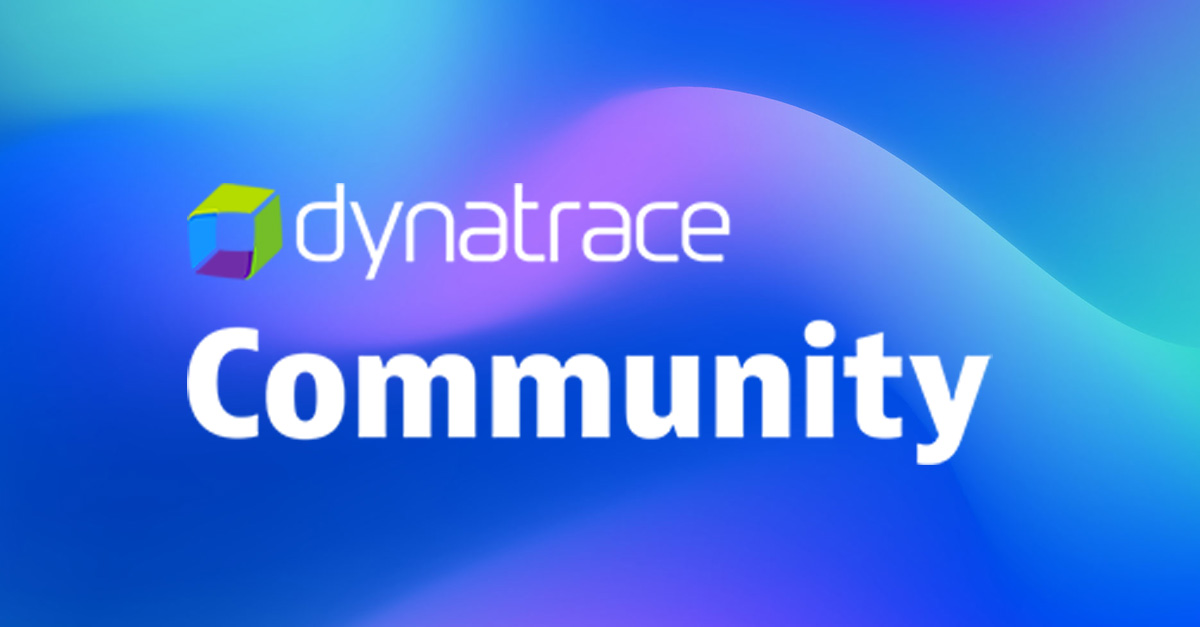Get Kubernetes Cluster Name from K8s API
Learn different ways to retrieve the name of your Kubernetes cluster using the Kubernetes API, kubectl, and in-cluster methods.
Learn different ways to retrieve the name of your Kubernetes cluster using the Kubernetes API, kubectl, and in-cluster methods.
There is no direct way to obtain the Kubernetes cluster name through the Kubernetes API. However, it can be retrieved from your kubeconfig file. One approach is to use the kubectl command-line tool.
There is no direct way to get the Kubernetes cluster name via the Kubernetes API. However, you can retrieve it from your kubeconfig file.
Using kubectl:
kubectl config current-context | awk -F\/ '{print $2}'This command first gets the current context using kubectl config current-context. Then, it uses awk to extract the cluster name from the context string.
Note: This method assumes that your cluster name is part of the context name in your kubeconfig file.
If you need to programmatically access the cluster name within a pod, you can read the content of the service account token, which includes the cluster name. However, this approach is not recommended for security reasons.
This code provides two methods for retrieving the Kubernetes cluster name. The first method uses a shell script that leverages kubectl to get the current context and then extracts the cluster name from it. The second method, written in Go, demonstrates how to access the cluster name programmatically from within a pod by reading and decoding the service account token. However, this method is discouraged due to security risks associated with handling sensitive information like the service account token.
This example demonstrates how to retrieve the Kubernetes cluster name using different methods.
1. Using kubectl (Shell Script):
#!/bin/bash
# Get the current context
context=$(kubectl config current-context)
# Extract the cluster name from the context
cluster_name=$(echo $context | awk -F\/ '{print $2}')
# Print the cluster name
echo "Cluster Name: $cluster_name"This script first retrieves the current context using kubectl config current-context. Then, it utilizes awk to extract the cluster name from the context string, assuming the cluster name is the second part of the context string separated by "/". Finally, it prints the extracted cluster name.
2. Programmatically Accessing Cluster Name within a Pod (Go):
package main
import (
"fmt"
"io/ioutil"
"os"
"strings"
)
func main() {
// Read the service account token
token, err := ioutil.ReadFile("/var/run/secrets/kubernetes.io/serviceaccount/token")
if err != nil {
fmt.Println("Error reading token:", err)
return
}
// Extract the cluster name from the token
parts := strings.Split(string(token), ".")
if len(parts) < 2 {
fmt.Println("Invalid token format")
return
}
// Decode the second part of the token (base64 encoded)
// ... (Implementation for base64 decoding)
// The decoded data will contain a JSON object with a "kubernetes.io" field
// Extract the cluster name from the "kubernetes.io" field
// ... (Implementation for JSON parsing)
// Print the cluster name
fmt.Println("Cluster Name:", clusterName)
}Note: This second method, while functional, is not recommended due to security concerns. Accessing the service account token within a pod can expose sensitive information and should be avoided.
This code snippet demonstrates how to read the service account token from within a pod and extract the cluster name. However, it omits the actual implementation for base64 decoding and JSON parsing for brevity and security reasons.
Remember to prioritize secure practices and avoid relying on the service account token for retrieving the cluster name whenever possible.
kubeconfig file is crucial for reliably extracting the cluster name. The context name often includes the cluster name, but this might not always be the case, especially in complex setups with multiple clusters.awk is efficient, you can use other tools like sed, cut, or even string manipulation within your scripting language of choice to extract the cluster name from the context string.kclusterinfo are specifically designed to provide information about your Kubernetes cluster, including its name. These tools might offer a more robust and secure way to access cluster metadata.kubectl context is set to the desired cluster before attempting to retrieve its name.| Method | Description | Command/Code | Security Considerations |
|---|---|---|---|
| Using kubectl | Extracts the cluster name from the current context in your kubeconfig file. | kubectl config current-context | awk -F\/ '{print $2}' |
Assumes cluster name is part of the context name. |
| Reading from Service Account Token (Not Recommended) | Retrieves the cluster name from the service account token accessible within a pod. | N/A | Not recommended due to security risks. Exposing the service account token can lead to unauthorized access to your cluster. |
While there's no direct API method for fetching the Kubernetes cluster name, it can be obtained through the kubeconfig file, typically using kubectl to extract it from the current context. However, be cautious about relying on the service account token within a pod for this purpose, as it poses security risks. Consider alternative approaches like environment variables, third-party tools, or custom resource definitions for more secure and reliable access to cluster metadata. Always prioritize security best practices and explore Kubernetes-native mechanisms like service discovery for inter-service communication instead of directly using the cluster name.
 Access Clusters Using the Kubernetes API | Kubernetes | This page shows how to access clusters using the Kubernetes API.
Before you begin You need to have a Kubernetes cluster, and the kubectl command-line tool must be configured to communicate with your cluster. It is recommended to run this tutorial on a cluster with at least two nodes that are not acting as control plane hosts. If you do not already have a cluster, you can create one by using minikube or you can use one of these Kubernetes playgrounds:
Access Clusters Using the Kubernetes API | Kubernetes | This page shows how to access clusters using the Kubernetes API.
Before you begin You need to have a Kubernetes cluster, and the kubectl command-line tool must be configured to communicate with your cluster. It is recommended to run this tutorial on a cluster with at least two nodes that are not acting as control plane hosts. If you do not already have a cluster, you can create one by using minikube or you can use one of these Kubernetes playgrounds: How To Find A Kubernetes Cluster Name - Valewood DevOps ... | There are a few different ways to find the name of a Kubernetes cluster, depending on the specific environment and tools you are working with.
How To Find A Kubernetes Cluster Name - Valewood DevOps ... | There are a few different ways to find the name of a Kubernetes cluster, depending on the specific environment and tools you are working with. kubectl config get-clusters | Kubernetes | Synopsis Display clusters defined in the kubeconfig.
kubectl config get-clusters [flags] Examples # List the clusters that kubectl knows about kubectl config get-clusters Options -h, --help help for get-clusters
--as string Username to impersonate for the operation. User could be a regular user or a service account in a namespace.
--as-group strings Group to impersonate for the operation, this flag can be repeated to specify multiple groups.
--as-uid string UID to impersonate for the operation.
kubectl config get-clusters | Kubernetes | Synopsis Display clusters defined in the kubeconfig.
kubectl config get-clusters [flags] Examples # List the clusters that kubectl knows about kubectl config get-clusters Options -h, --help help for get-clusters
--as string Username to impersonate for the operation. User could be a regular user or a service account in a namespace.
--as-group strings Group to impersonate for the operation, this flag can be repeated to specify multiple groups.
--as-uid string UID to impersonate for the operation. Solved: Tagging Kubernetes Clusters, Workloads, and Pods ... | I’m needing to tag all entities (workloads, pods, & nodes) in a Kubernetes cluster via auto-tagging rules. There is no way for me to do this with the rule type as “Monitored Entity” as a Kubernetes entity type (workloads, nodes, or anything K8 related) are not available to select. So, I assume the o...
Solved: Tagging Kubernetes Clusters, Workloads, and Pods ... | I’m needing to tag all entities (workloads, pods, & nodes) in a Kubernetes cluster via auto-tagging rules. There is no way for me to do this with the rule type as “Monitored Entity” as a Kubernetes entity type (workloads, nodes, or anything K8 related) are not available to select. So, I assume the o... Retrieving Cluster name using Java - Discuss Kubernetes | Hello, My Springboot Java application which process many records, is deployed to 3 clusters in Kuberenetes. I am in need to find which cluster is processing which record and store the cluster name in the table against the record. But I am unable to find a way to get the cluster name during runtime using my springboot Java code. I could see ways to find Pod name in runtime but not the cluster name. (Just Pod name doesn’t help me as I have 4 pods in each cluster) Can Someone please help me out on...
Retrieving Cluster name using Java - Discuss Kubernetes | Hello, My Springboot Java application which process many records, is deployed to 3 clusters in Kuberenetes. I am in need to find which cluster is processing which record and store the cluster name in the table against the record. But I am unable to find a way to get the cluster name during runtime using my springboot Java code. I could see ways to find Pod name in runtime but not the cluster name. (Just Pod name doesn’t help me as I have 4 pods in each cluster) Can Someone please help me out on... Specifying cluster name in microk8s - microk8s - Discuss Kubernetes | I have multiple microk8s clusters (arch64 and arm) but during the installation all are named microk8s-cluster. I am trying to manage my clusters from a separate server but having all the clusters internally named microk8s-cluster is preventing me from using the ‘kubectl config use-context’ command, as it always chooses the first cluster named ‘microk8s-cluster’. As a work around I have aliases that set the KUBECONFIG variable to point to different config files. The problem with this method is ...
Specifying cluster name in microk8s - microk8s - Discuss Kubernetes | I have multiple microk8s clusters (arch64 and arm) but during the installation all are named microk8s-cluster. I am trying to manage my clusters from a separate server but having all the clusters internally named microk8s-cluster is preventing me from using the ‘kubectl config use-context’ command, as it always chooses the first cluster named ‘microk8s-cluster’. As a work around I have aliases that set the KUBECONFIG variable to point to different config files. The problem with this method is ... Kubernetes API Monitoring — Dynatrace Docs | Go to Kubernetes or Kubernetes Classic (latest Dynatrace) and select Connect manually. On the Kubernetes cluster connection settings page, provide a Name, the ...
Kubernetes API Monitoring — Dynatrace Docs | Go to Kubernetes or Kubernetes Classic (latest Dynatrace) and select Connect manually. On the Kubernetes cluster connection settings page, provide a Name, the ...